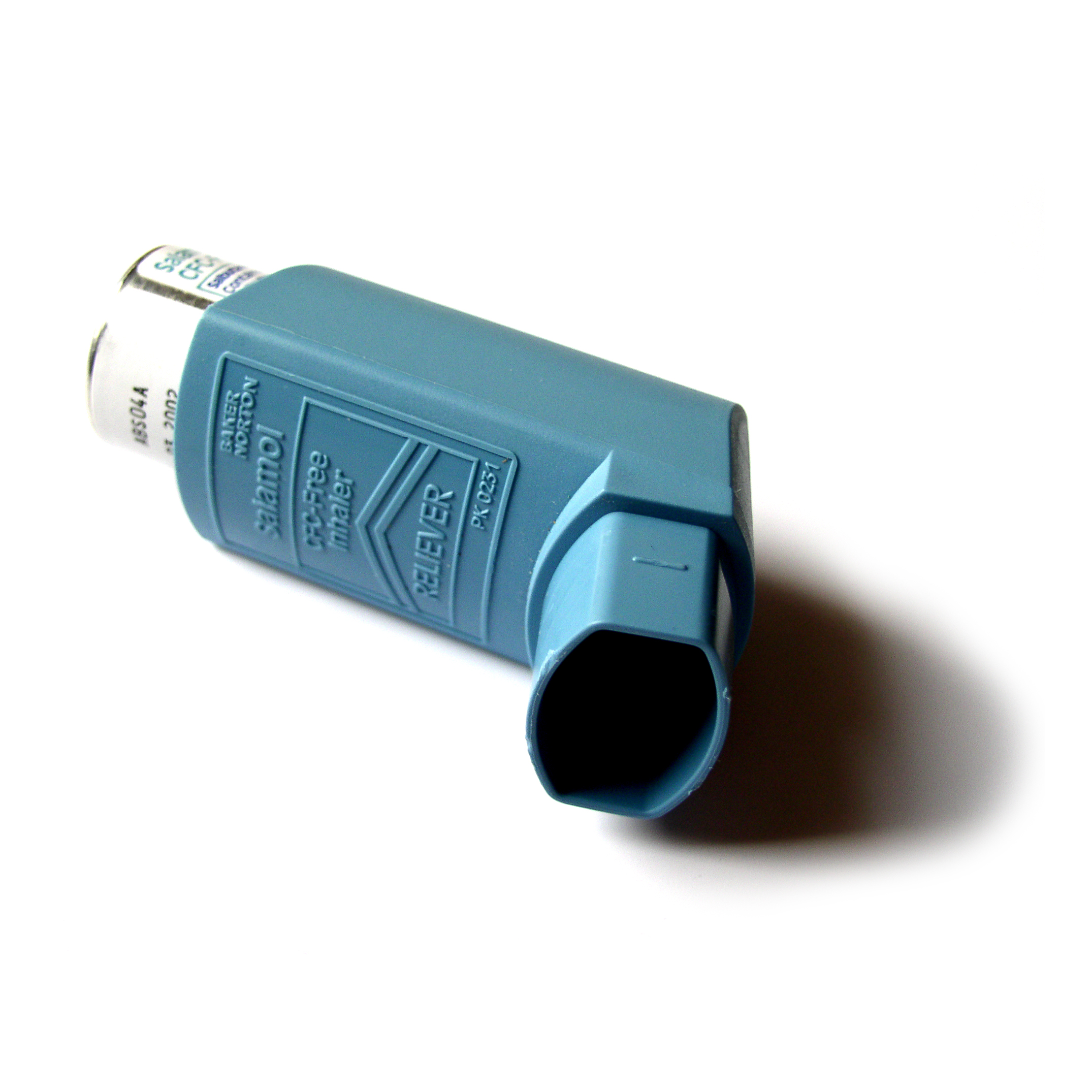
TUESDAY, Jan. 14, 2014 (HealthDay News) — Frequent colds are a normal part of young children’s lives, but sometimes a stuffy nose becomes a more severe lung infection. Now, a new study clarifies some of the factors that put certain kids at greater risk.
The study, published online Jan. 13 in the journal Pediatrics, focused on babies and preschoolers infected with human rhinoviruses — a large group of viruses that cause many cases of the common cold.
Traditionally, rhinoviruses were thought to only cause cold symptoms. But recent research has suggested that the viruses may occasionally cause more severe lung infections, like pneumonia and bronchitis, in certain children.
In the new study, that seemed to be the case. Brazilian researchers looked at test results for 434 babies and preschoolers who were taken to the doctor for respiratory symptoms.
A small number of children — 31 — were infected with only a rhinovirus, yet had “moderate” to “severe” symptoms, such as wheezing, difficulty breathing and heavy coughing.
But nearly all of those babies and children also had underlying risk factors for more serious respiratory infections — including premature birth, heart disease and asthma.
It’s known that those conditions make young children more vulnerable to lung infections, according to Dr. David Nichols, head of pediatric pulmonology at National Jewish Health in Denver.
So the new findings underscore the importance of trying to shield those kids from cold viruses, said Nichols, who was not involved in the study.
“Parents of those children usually are vigilant,” he noted, but other people in their lives might not realize they should stay away when they have mild cold symptoms.
Jonny Yokosawa, the senior researcher on the study, agreed. Keeping vulnerable babies and young children away from other kids with colds is important, according to Yokosawa, who is based at the Federal University of Uberlandia in Brazil.
He also said medical centers need to be particularly rigorous about protecting those vulnerable children from rhinoviruses.
The findings are based on records from 434 babies and children up to 5 years old who had a range of symptoms, from a stuffy nose to a hacking cough to wheezing. Their parents took them to clinics where doctors took nasal swabs and had them tested for viruses.
Overall, 42 percent of the children were infected with a rhinovirus, often along with other viruses. The most common “co-infection” was respiratory syncytial virus (RSV).
RSV causes colds, but can also trigger inflammation in the small airways of the lungs (in a condition called bronchiolitis) or lead to pneumonia. RSV is the most common cause of pneumonia and bronchiolitis in infants, according to the U.S. Centers for Disease Control and Prevention.
And in this study, RSV was the major cause of those more-severe infections; about 60 percent of children carrying RSV — whether alone or along with rhinoviruses — had more serious symptoms.
According to Nichols, the good news is that for most children, rhinovirus infection is likely to cause only mild symptoms. RSV, on the other hand, “continues to be a common cause of moderate/severe respiratory illness in young children,” he said.
According to the CDC, almost all children contract an RSV infection by their second birthday. Anywhere from 25 percent to 40 percent of kids develop bronchiolitis or pneumonia the first time they’re exposed to the virus.
Most kids recover from an RSV infection in a week or two, the CDC says, but a small percentage of children who develop more severe symptoms need to be hospitalized.
More information
The American Academy of Pediatrics has more on kids and colds.
Copyright © 2025 HealthDay. All rights reserved.

